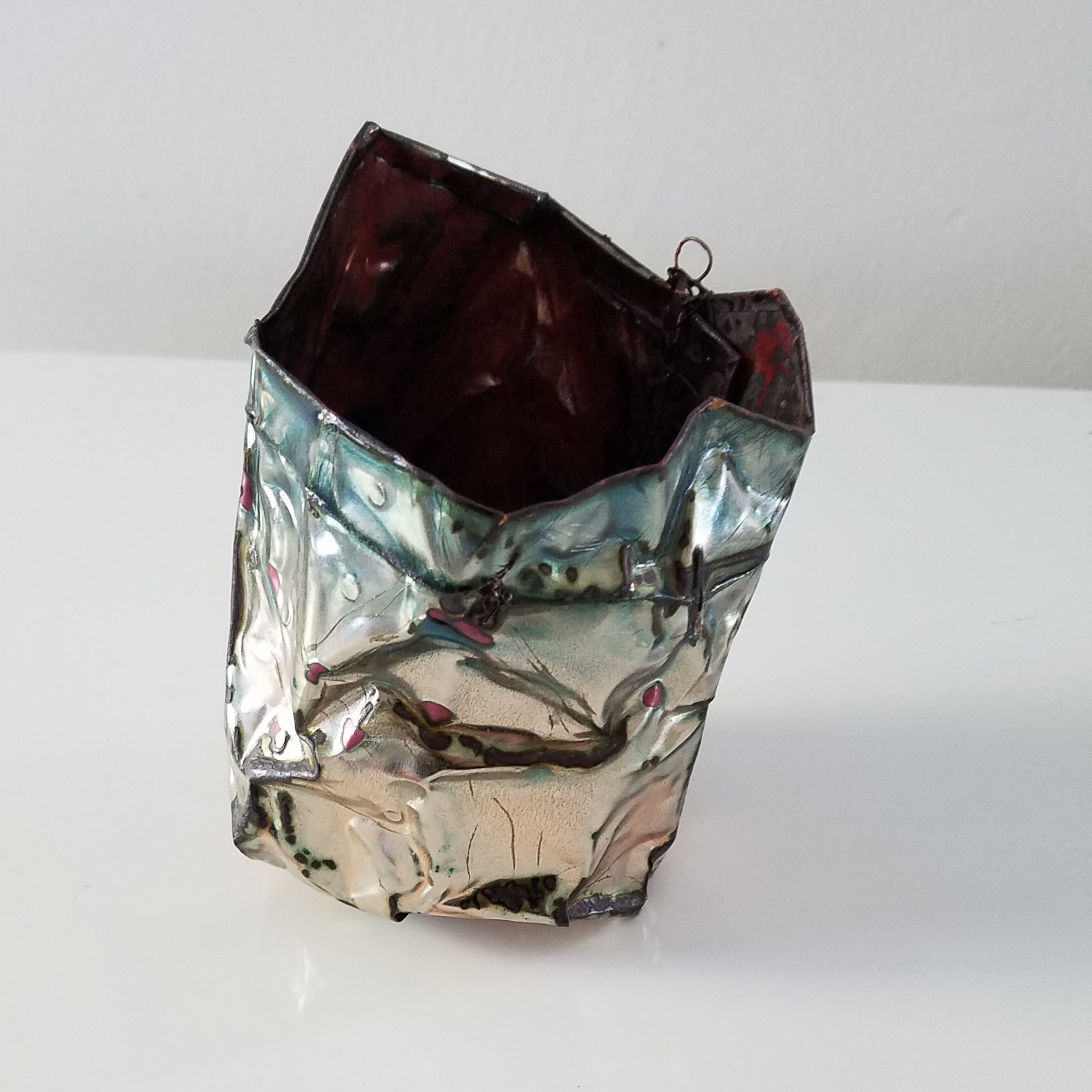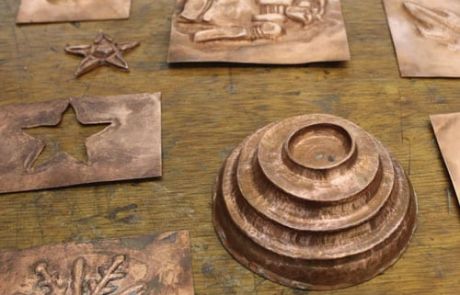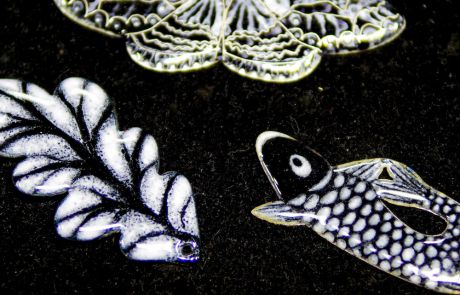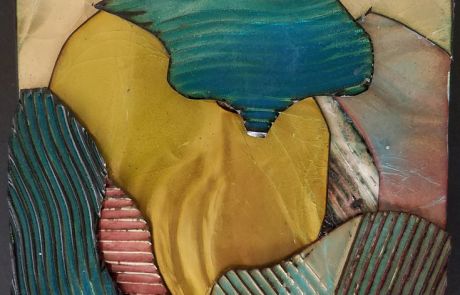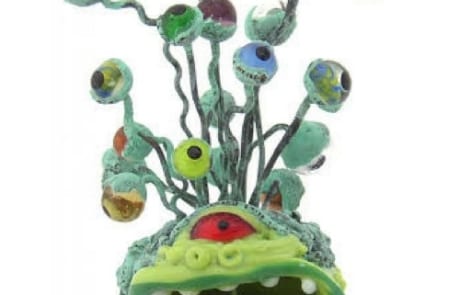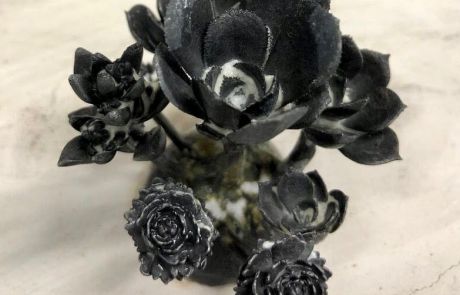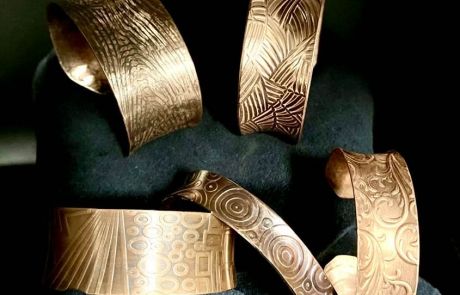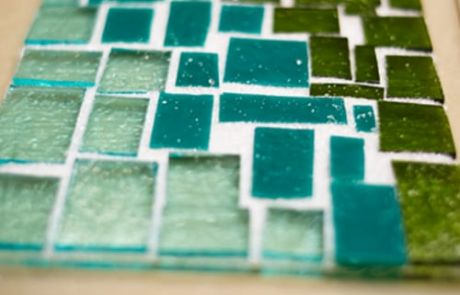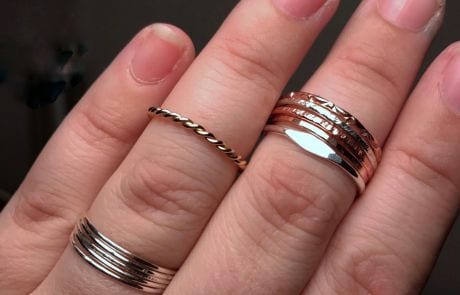A Primer in 3-D Enameling
Make a selection below
Class Days: Please make a selection above
Class Time: Please make a selection above (6 total hours)
Age Group: Ages 16+
Class Code: Please make a selection above
Entry Level Class (No prerequisite required) in Enameling
Price: $260.00
Member Price: $246.50
Description
Explore how to construct and then enamel dimensional metal forms with Judy Stone in this introductory one-day workshop. We will work with soft copper sheet, mesh, and copper wire, all of which can be worked by hand or with simple hand tools. The result will be several small enameled copper sculptures. Not only will we explore types of metal fabrication, but we will also problem-solve how to fire these pieces with the firing tools we have on hand. We will be enameling with traditional jewelry enamels as well as liquid enamels. Some enameling experience preferred.
Upcoming Classes
Sign up to be notified the next time new sessions are added.
